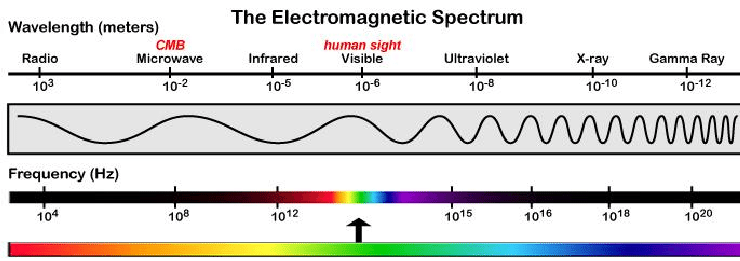
Infrared ray is an invisible light wavelength on the electromagnetic spectrum (EM) that ranges between 750 nanometers to 100 micrometers in length. Within the infrared spectrum, there are near, mid, and far infrared wavelengths. Far infrared wavelengths are between 3-100 micrometers and can penetrate up to 1.5 inches below the skins’ surface, working on a cellular level.
It’s this unique ability of infrared ray to work on a cellular level that differentiates traditional steam/radiant heat saunas from infrared saunas and enhances the vast health benefits!
Certain studies have shown that far infrared sauna therapy may impact the generation of heat shock proteins (HSPs) which can reduce the growth and spread of certain cancer cells.
(1) Other studies have shown that far infrared sauna therapy decreases fatigue and improves heart and blood vessel function in patients with certain heart/blood vessel conditions. This happens by increasing the production of blood vessels as well as reducing oxidative stress. Oxidative stress has a negative impact on the body as it causes damage to tissues and cells.
(2) In addition to the above health benefits, far infrared sauna therapy has been show to drastically decrease pain, stiffness and fatigue in patients with certain inflammatory or autoimmune conditions.
(3) And last, but certainly not least, because far infrared ray works at a cellular level, it helps us to detox at a cellular level; up to 7X that of traditional sweating. Traditional sweat is about 99% water and 1% salt and soluble (dissolvable) fats. In contrast, sweat during a far infrared sauna session can be composed of 90% water and 10% toxins!
1. Vatanserver, F and Hamblin M. Far infrared radiation (FIR): its biological effects and medical application. Photonics Lasers Med. 2012;4:255–266. doi: 10.1515/plm-2012-0034
2. Fujita S, Ikeda Y, Miyata M, et al. Effect of Waon therapy on oxidative stress in chronic heart failure. Circ J. 2011;75(2):348–56.
3. Oosterveld FG, Rasker JJ, et al. Infrared sauna in patients with rheumatoid arthritis and ankylosing spondylitis. A pilot study showing good tolerance, short-term improvement of pain and stiffness, and a trend towards long-term beneficial effects. Clin Rheumatol. 2009;28(1):29–34.











